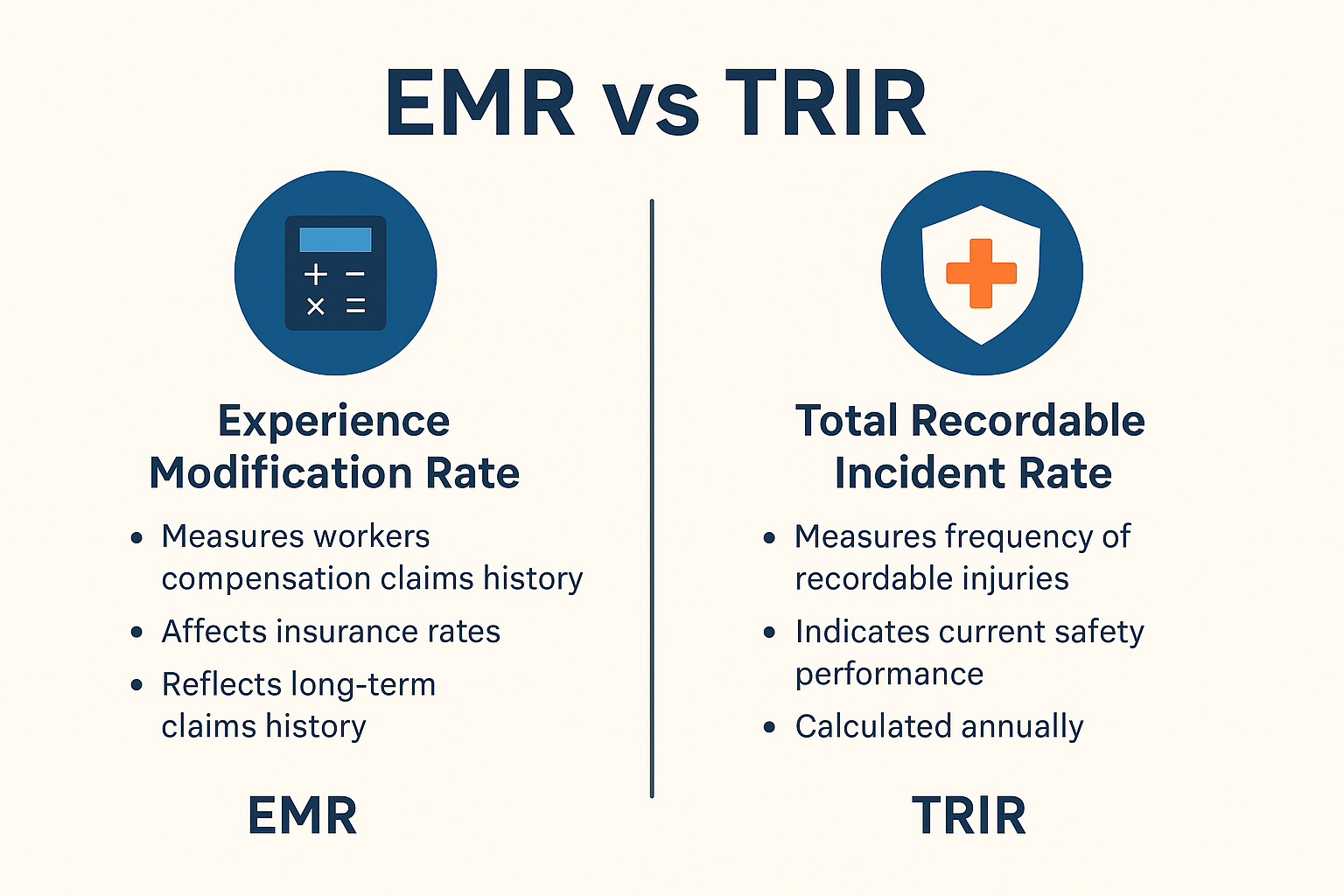Job hazard analysis (JHA) is one of the most practical tools for preventing injuries, improving training, and strengthening safety culture in any industry.
However, for many safety professionals, a job hazard analysis form can feel like a checklist exercise, one that’s often completed too late or overlooked entirely.
In reality, a well-executed JHA isn’t just paperwork. It’s a step-by-step approach to identifying and controlling potential hazards before they cause harm.
When done consistently, it protects employees, minimizes risk, and helps make sure that even small tasks are performed safely and with the right equipment and procedures.
Need some guidance in creating one? In this guide, we’ll look at real-world job hazard analysis examples you can adapt to your environment.
Overview of a Job Hazard Analysis
A job hazard analysis is a step-by-step process used to examine how a task is performed and to identify potential hazards before they lead to an injury or near-miss.
The goal is simple: break the job into individual steps, evaluate the risks associated with each, and implement controls to minimize exposure or eliminate danger altogether.
This is typically documented using a job hazard analysis form, which includes sections for:
- Task steps
- Hazards identified
- Equipment involved
- Necessary procedures to keep the work safe
Controls can include proper training, adjusted processes, engineering solutions, or updated personal protective equipment (PPE).
Why It Matters
When used consistently, JHAs help mitigate hazards, reduce the likelihood of workplace injuries, and make sure that the right controls are in place to protect people and property.
They also encourage active worker involvement, improve documentation, and support a culture of safety that leads to continuous improvement.
Job Hazard Analysis Examples by Industry
Understanding the structure of a JHA is one thing, but seeing it applied to real tasks makes it actionable.
Below are practical job hazard analysis examples across different industries.
Manufacturing: Operating a Drill Press
In this example, a worker uses a stationary drill press to bore holes into metal parts.
Potential hazards
Contact with rotating parts, flying metal shavings, high noise levels, entanglement with gloves or loose clothing
Controls
Machine guarding, use of personal protective equipment (eye and ear protection), training on proper drill speed and feed, regular inspection of drill bits, and emergency stops
JHA value
Identifies how small tasks like part adjustments or tool changes can introduce unexpected exposure if not handled properly.
Construction: Pouring Concrete Footings
A crew is responsible for mixing and pouring concrete on a foundation project.
Potential hazards
Skin irritation from wet concrete, slips from uneven surfaces, back injuries from improper lifting, and proximity to moving equipment
Controls
Use of gloves, rubber boots, and long sleeves, clear walkways, training on proper lifting techniques, spotters for vehicle movement
JHA value
Shows how to use a job hazard analysis form to account for both physical and environmental risks in a dynamic workplace.
Warehouse: Loading Pallets with a Forklift
A forklift operator transports palletized goods from storage to the staging area.
Potential hazards
Collisions with pedestrians, tipping loads, poor visibility, and equipment malfunction
Controls
Operator certification, visual traffic lanes, use of horns and mirrors, daily equipment checks
JHA value
Reinforces the role of hazard analysis in high-traffic areas and highlights risks related to broken or improperly maintained machinery.
Food Service: Cleaning a Deep Fryer
An employee is tasked with draining and cleaning a commercial fryer at the end of a shift.
Potential hazards
Chemical exposure from degreasers, hot oil burns, slips on greasy surfaces
Controls
Cooling fryer completely before cleaning, using chemical-safe gloves and splash goggles, spill kits nearby, proper ventilation
JHA value
Illustrates how even routine cleaning requires hazard planning, especially when dealing with heat and chemical exposure.
Utilities: Entering a Confined Space
A technician enters a manhole to inspect underground cabling.
Potential hazards
Oxygen deficiency, toxic gas buildup, entrapment, inadequate communication
Controls
Confined space entry permit system, atmospheric testing, harness and retrieval gear, standby person present
JHA value
Demonstrates how a completed JHA can serve as both a pre-task review and a compliance document to protect employees.
Make Job Hazard Analysis Easier with EHS Momentum
Creating detailed, consistent job hazard analyses across departments takes time, and doing it manually often leads to gaps, delays, and missed hazards.
EHS Momentum makes this process easier by helping your organization streamline hazard identification, improve documentation, and build more effective, sustainable safety programs through MyMomentum.
MyMomentum is a mobile-enabled, cloud-based platform designed to help you:
- Break down tasks and log potential hazards directly from the field
- Document required personal protective equipment, tools, and procedures
- Assign controls and track when corrective actions are completed
- Standardize the JHA process across teams and locations for greater consistency
- Analyze completed forms to detect patterns and improve hazard mitigation
- Ensure ongoing compliance with internal policies and regulatory requirements
For organizations ready to move beyond paper forms and create a safer, more consistent work environment, EHS Momentum delivers the platform and support to make that happen, with MyMomentum at the center of it all.
Schedule a demo to see how it can transform your operations!
FAQs About Job Hazard Analysis Examples
What are the 5 steps of a job hazard analysis?
The five core steps of a job hazard analysis are:
- Select the job to analyze, typically one with a history of incidents or high-risk tasks.
- Break the job into individual steps or tasks.
- Identify potential hazards associated with each step.
- Determine appropriate controls to reduce or eliminate the risks.
- Document the process using a completed JHA, then review it with all involved employees.
This process helps make sure that everyone understands the risks, the equipment worn, and the procedures required to do the job safely.
What is an example of hazard analysis?
A common example of hazard analysis involves operating a bench grinder. The task may seem simple, but it involves multiple risks, from flying debris to loose clothing entanglement.
By identifying each step (starting the machine, grinding material, cleaning up), the analysis highlights risks and allows teams to implement engineering controls, PPE requirements, and training to prevent something from going wrong.
Real-world completed JHAs like these help reinforce safe behaviors and reduce the chance of injury.







